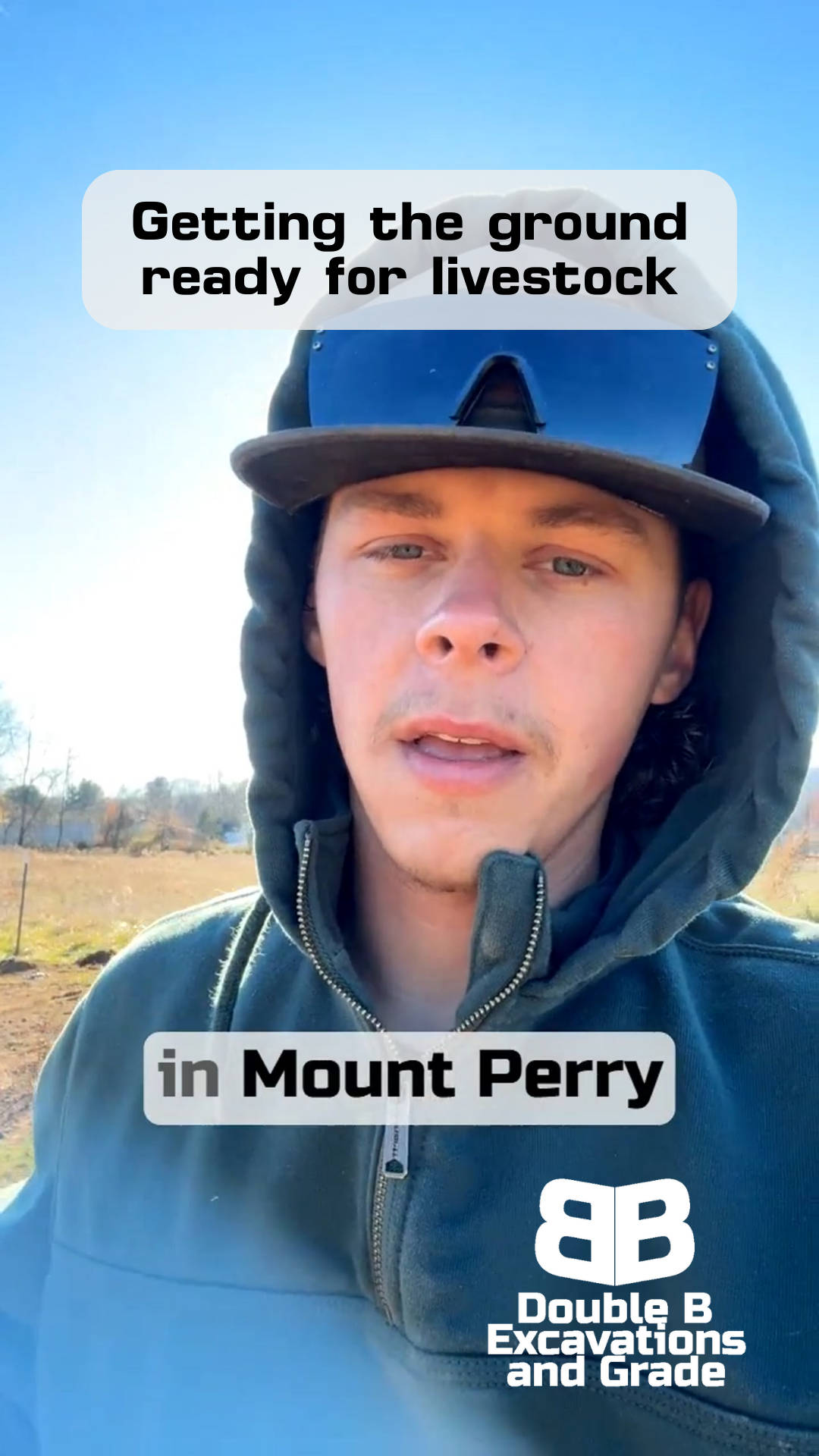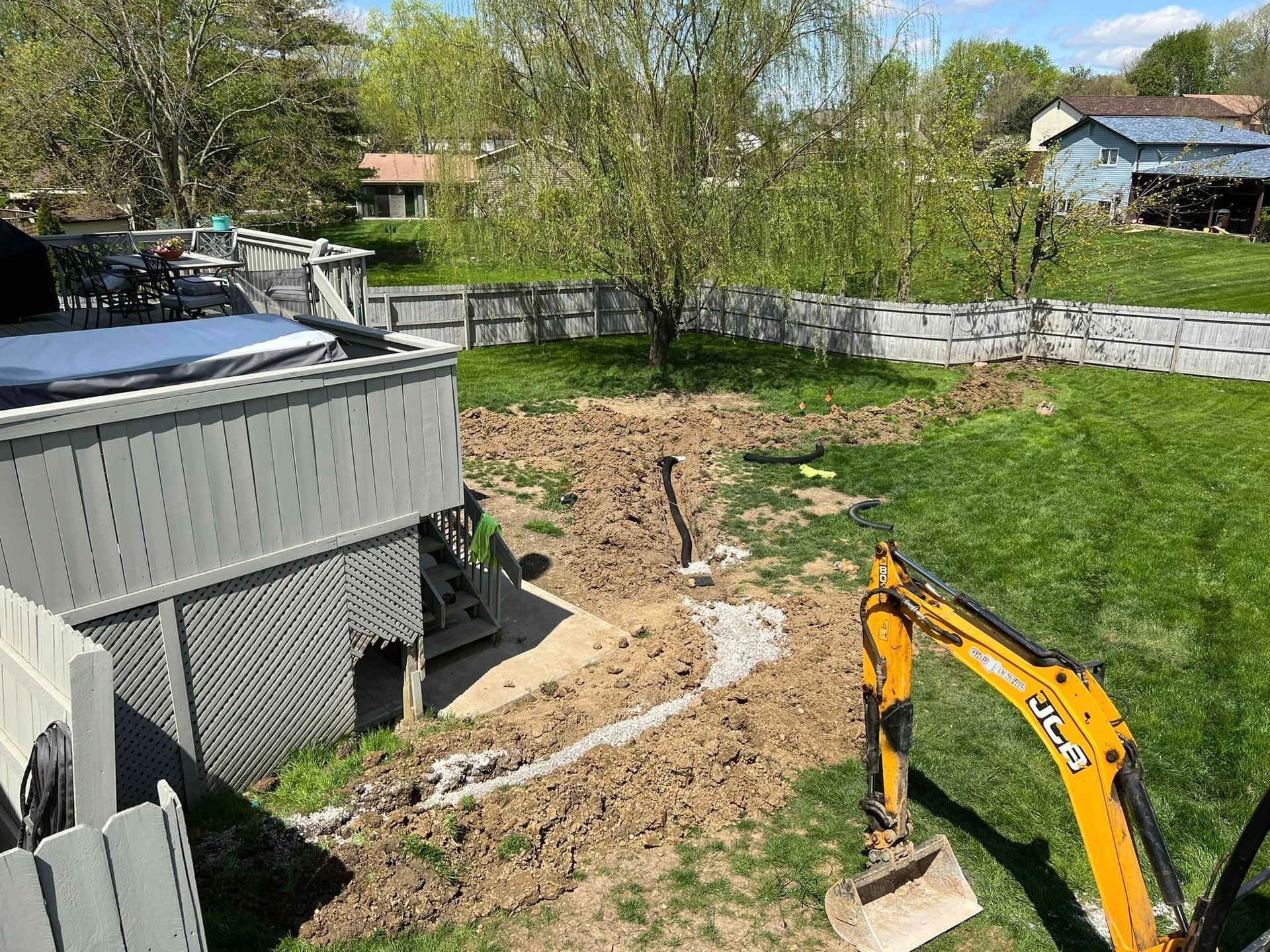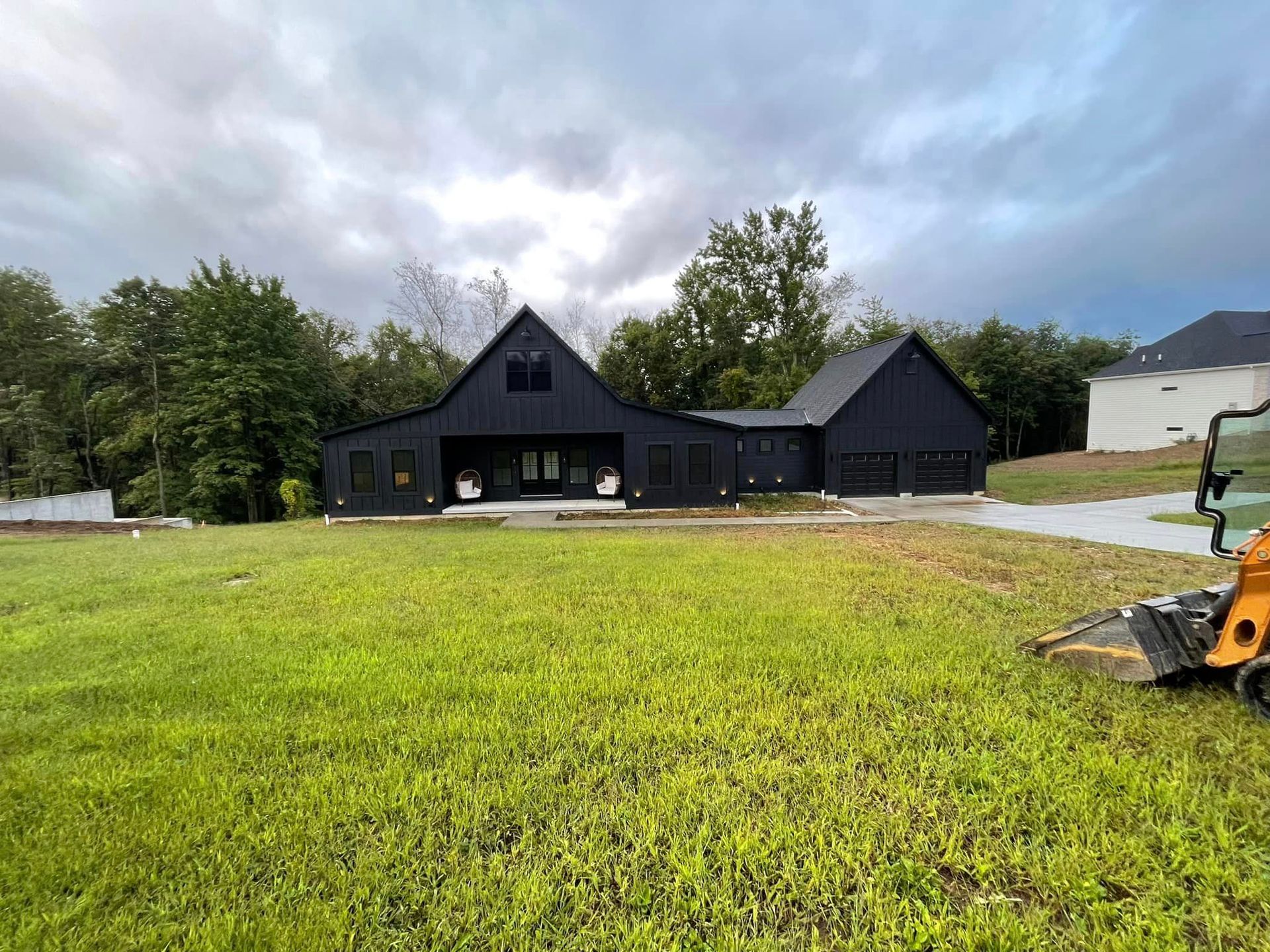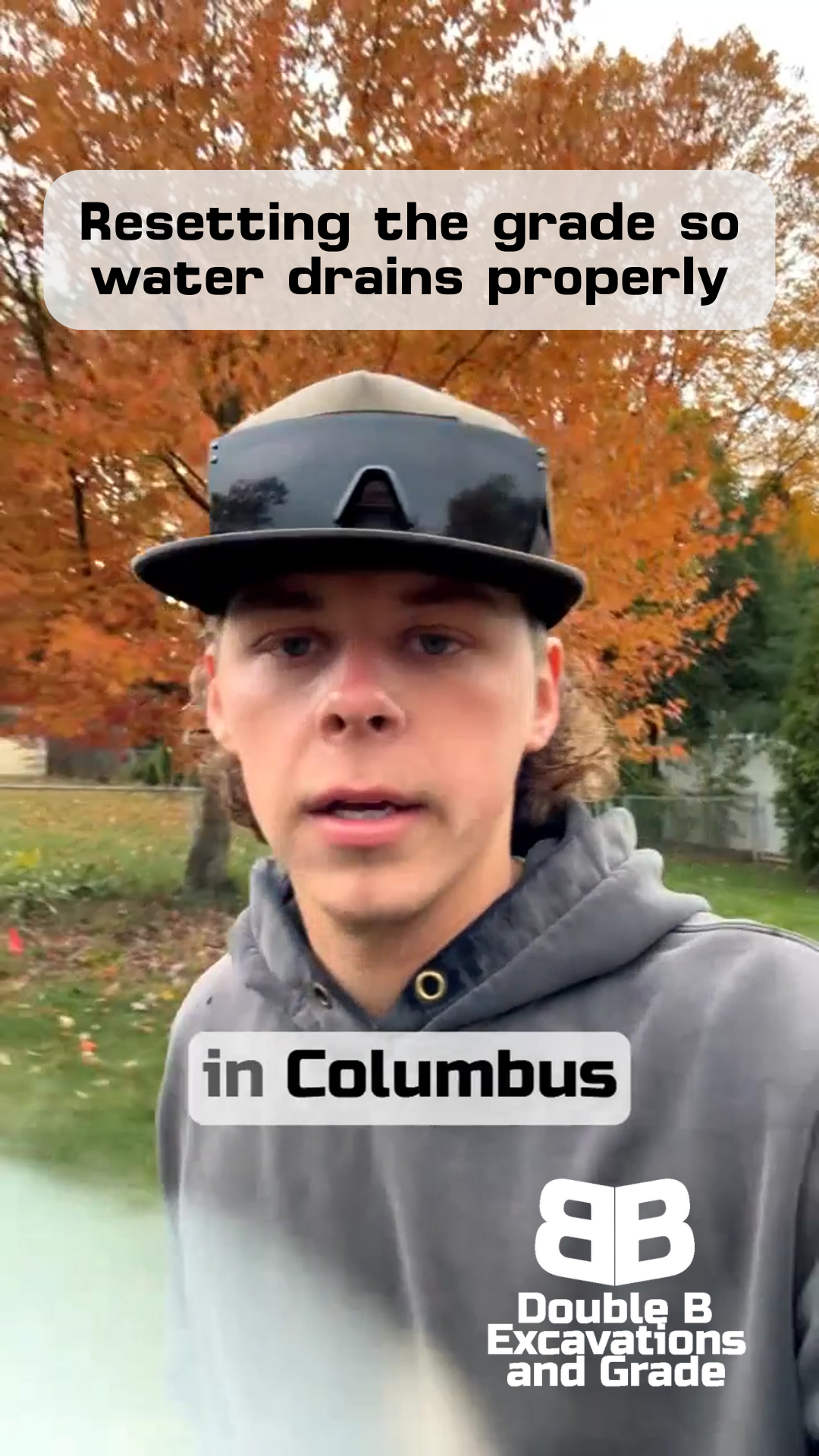Why Water Control Comes First: Repairing a Failing Retaining Wall in Westerville
Double B Excavations & Grade LLC
Addressing Retaining Wall Concerns
The Importance of Monitoring Retaining Walls
When we pulled up to this Westerville property, the problem was impossible to miss - a massive retaining wall pushing outward, telling us a story we've seen many times before.
It's the kind of sight that makes property owners nervous, and for good reason.
A failing retaining wall isn't just an eyesore - it's a signal that something's seriously wrong underground.
This Monday morning, fresh from wrapping up our second Carroll job, we found ourselves facing what some might call a "monstrous" retaining wall problem.
But here's the thing about retaining walls: when they start to fail, what you see on the surface is just the tip of the iceberg. The real story - and the solution - always starts with water.
Welcome to Double B!
Understanding the Problem
Let's break down what we're seeing at this Westerville site. The wall isn't just leaning - it's actively pushing out, especially toward the bottom. That's a classic sign of pressure building up behind the wall. But it gets more interesting: we've got gravel that's literally sinking and disappearing underneath the wall. This isn't just settling - it's a sign that water's carrying material away where we can't see it.
There's already a culvert in place, but its location is part of the problem. Being positioned too close to the wall means it's not doing its job effectively. Instead of channeling water away from the wall, the current setup is actually allowing water to undermine the wall's foundation. Think of it like having a drain in your shower installed a few inches too high - the water's still going to pool where you don't want it, no matter how good the drain might be.
This kind of problem doesn't happen overnight. It's the result of water doing what water always does - finding the path of least resistance. In this case, that path is undermining the very structure meant to hold everything in place.
The Water Control Solution
Here's why we always tackle water control first: if you don't fix the drainage, nothing else matters. You could rebuild that wall ten times, and without proper water management, you'll end up right back where you started. It's like trying to dry your basement without fixing the leak - you're just fighting a losing battle.
Looking at this Westerville project, we've got a clear game plan. That existing culvert? It's too close to the wall, letting water cause havoc underneath. Our solution starts with installing a new culvert in a better location. We're going to position it where it can actually do its job - catching and redirecting water before it can cause problems. Yes, this means we'll need to remove some border plantings and trim back some trees, but sometimes you have to take a step back to move forward.
The Complete Repair Process
Once we get the water under control, that's when we bring in the heavy artillery - about 300 to 400 tons of riprap. Now, that might sound like overkill, but here's the interesting part: we're not just guessing at this solution. Right next door to our problem area, we can see where they faced the same issue years ago. Their solution? Riprap. And guess what? It's still working perfectly.
This is where experience really pays off. We're looking at a real-world, long-term test case right next door. That riprap installation has stood the test of time, handling everything Mother Nature's thrown at it. So we're not just fixing the wall - we're matching a proven solution that we know works in these exact conditions.
Think of it like this: the culvert's going to direct the water where we want it to go, and the riprap's going to provide that extra layer of protection, preventing erosion and supporting the wall. It's a belt-and-suspenders approach, but when you're dealing with water pressure and soil stability, that's exactly what you want.
Why This Approach Works
You might wonder why we put so much thought into matching what's already been done on the other side. Here's the thing about excavation work - when you find a solution that's been working for years, that's valuable information. We're not just guessing or experimenting with untested ideas. We can literally look next door and see how this exact solution has performed over time.
This is also why we're not cutting corners with the amount of riprap we're bringing in. Three to four hundred tons might sound like a lot, but when you're dealing with water pressure and soil movement, you want that kind of solid protection. It's like building a fence - you can get by with fewer posts, but why would you when you know exactly what it takes to make it last?
The Right Solution Matters
This Westerville project reminds us why we always take the time to do things right. Sure, we could just patch things up and move on, but that's not how we work. When we finish this job, this wall won't just look better - it'll be properly supported, properly drained, and ready to stand strong for years to come.
Wrapping it Up
If you've got a retaining wall on your property, here's what we want you to know: don't wait until you see it pushing out to get it checked.
Watch for early warning signs like:
- Leaning or bulging in the wall
- Soil washing away from the top or bottom
- Water seeping through the wall
- Cracks in the structure
Prevention and early detection can save you from dealing with a "monstrous" problem like this Westerville project.
And remember - water is almost always the culprit.
If you spot any of these signs, getting professional eyes on it sooner rather than later can save you time, money, and headaches down the road.
Because catching these issues early can make all the difference.








